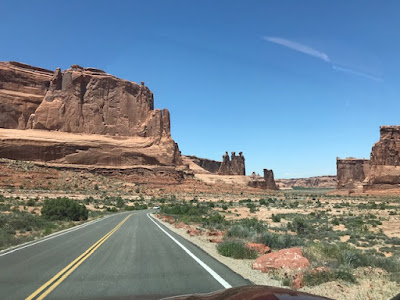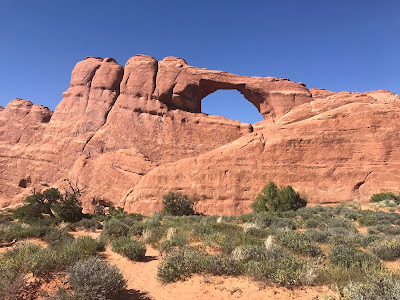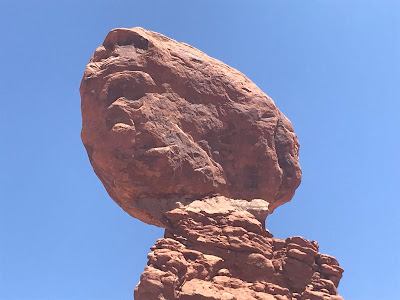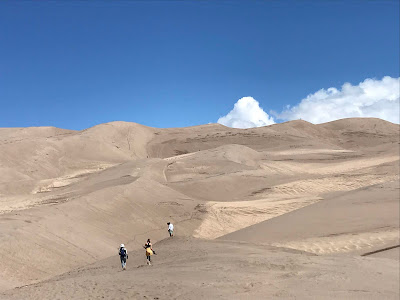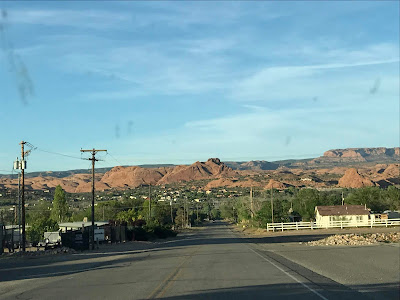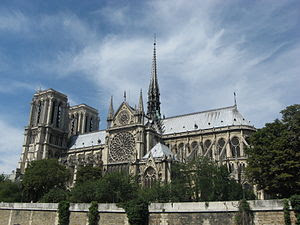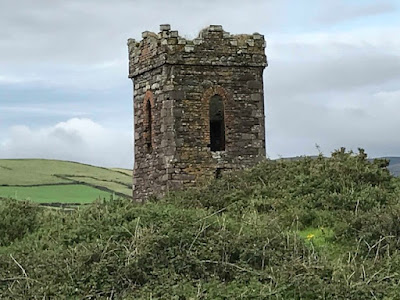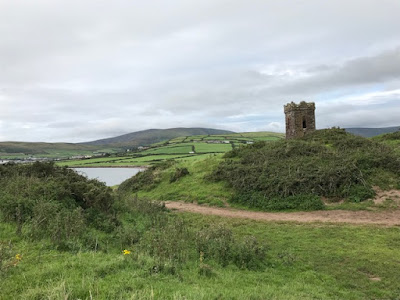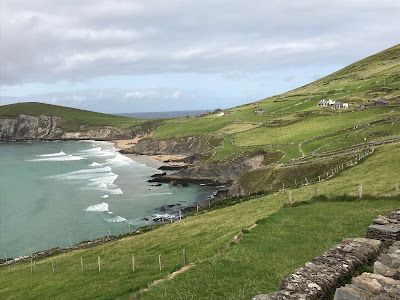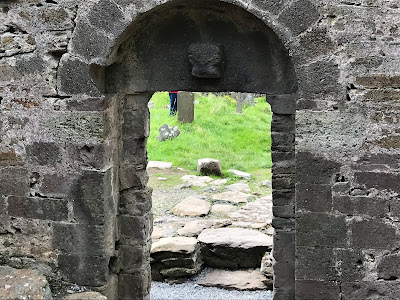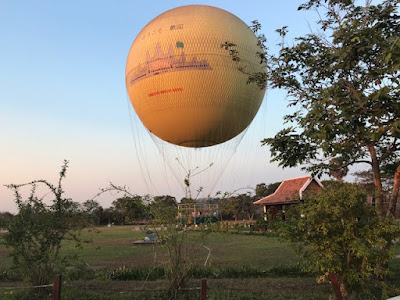Driving in the West
On Tuesday we drove from Moab to Denver so I could catch my afternoon flight. I took the first shift behind the wheel, as we left the red rocks and headed east.
Driving in the western U.S. is a completely different activity than driving here. The mechanics are the same, but the similarity ends there. The roads are wide open and speed limits are high (80 in Utah!).
I didn’t do much but hold the wheel, keep my foot on the gas and drink in the scenery. For the first two hours there were mesas and buttes and big skies. The Spotify music Drew found was the perfect accompaniment, especially the Jupiter movement from Holst’s “The Planets.”
In fact, the big brass and soaring melody seem to have been written not for the cold wastes of a celestial body — but for the awe-inspiring landscape I saw out my window.
